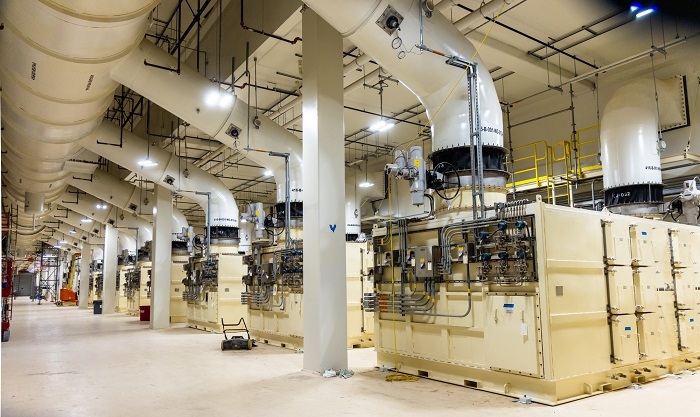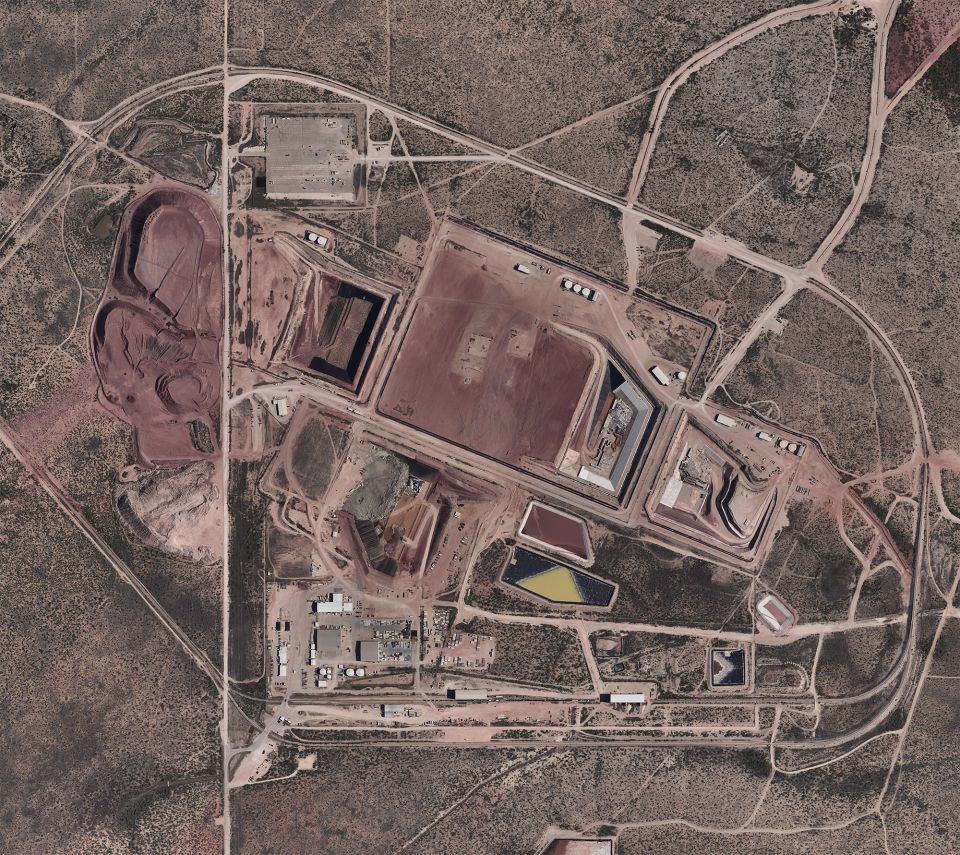In the Jan. 29 letter to the federal agency, ANS’s President Mary Lou Dunzik-Gougar and Executive Director/CEO Craig Piercy told the NNSA that using the excess plutonium “as reactor fuel would produce a valuable and useful product – clean energy – from the material that was produced at great expense to the American people. In contrast, dilute and dispose produces no useful product.”
“The surplus plutonium could be an attractive source of fuel for advanced reactors, particularly those with a fast neutron spectrum,” continued Dunzik-Gougar and Piercy. “Advanced reactors offer many potential advantages as a clean, safe, and reliable energy source, and there is considerable public and private investment in bringing designs into operation. The surplus weapons plutonium could be a reliable initial fuel supply for some designs.”
ANS’s comments are in response to the NNSA’s Notice of Intent to Prepare an Environmental Impact Statement (EIS) for the Surplus Plutonium Disposition Program (SPDP), which proposed the “dilute and dispose” approach as its preferred alternative for dealing with the surplus plutonium. Published in December 2020, the notice of intent identified no alternatives to dilute and dispose other than “no action.”
Along with recommending that the NSNSA consider the use of surplus plutonium as advanced reactor fuel, ANS said the NNSA ought to refrain from identifying a preferred alternative at this time and let the evaluation process identify the best approach.
From a nonproliferation perspective, ANS noted that dilute and dispose does not destroy or degrade any plutonium while the use of plutonium as reactor fuel would actually destroy some of the material and render much of what is left as undesirable for nuclear weapons.
Further, ANS said the use of dilute and dispose for all of the surplus plutonium would significantly impact WIPP, the United States’ only geological disposal facility for transuranic waste (TRU), thereby reducing the country’s TRU disposal capacity. ANS requested that the SPDP EIS address this and all other impacts that would result from a decision to implement dilute and dispose.
Finally, ANS noted that Russia “made it clear it did not approve of the dilute and dispose approach.” In 2016 Moscow suspended the U.S.-Russia plutonium disposition agreement, which had been in effect since 2000.
The use of surplus plutonium for advanced nuclear energy production could “foster renewed and much needed cooperation” in nonproliferation between the U.S. and Russia by offering the Biden administration a policy position “that is more acceptable to Russia,” said ANS.
A semi-autonomous agency of the U.S. Department of Energy, the NNSA is tasked with overseeing and safeguarding America’s nuclear weapons stockpile.
Visit ans.org for more information. Follow our Twitter account at twitter.com/ANS_org.
Media Contact
Andrew Smith
202-235-6998 | media@ans.org
Established in 1954, ANS is an international professional organization of engineers and scientists devoted to the peaceful applications of nuclear science and technology. Its more than 9,500 members represent government, academia, research laboratories, medical facilities, and private industry. ANS’s mission is to advance, foster, and spur the development and application of nuclear science, engineering, and technology to benefit society.





